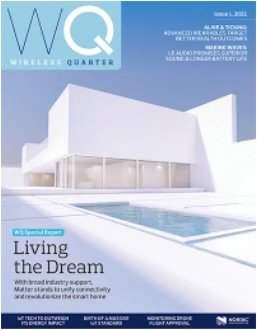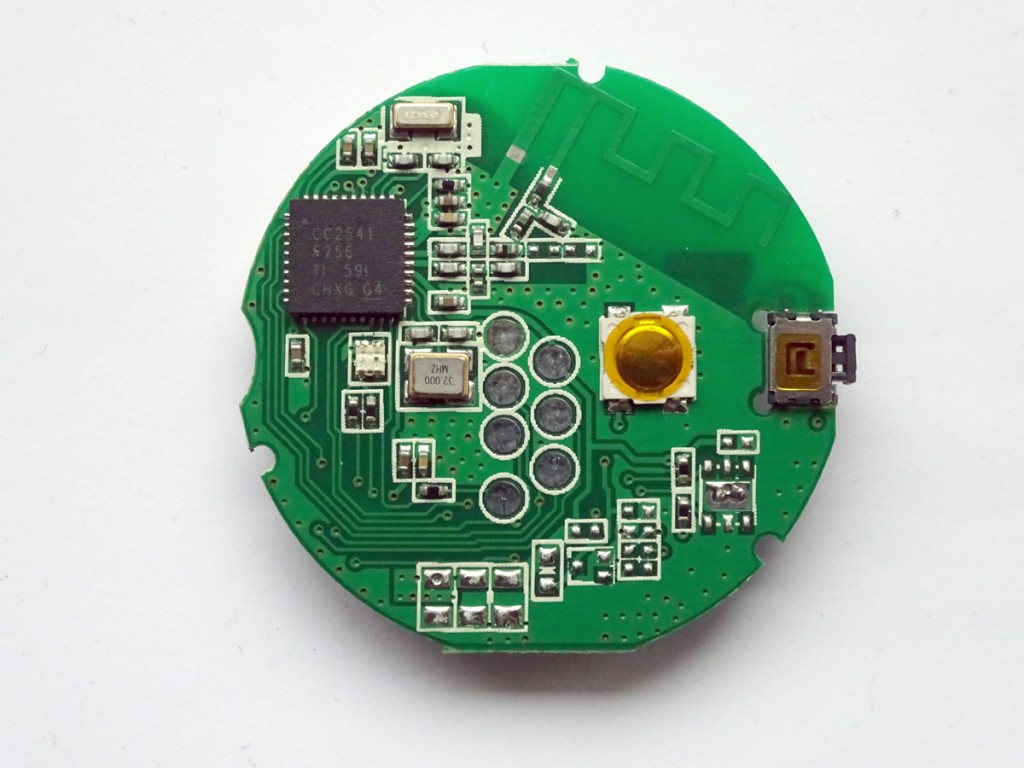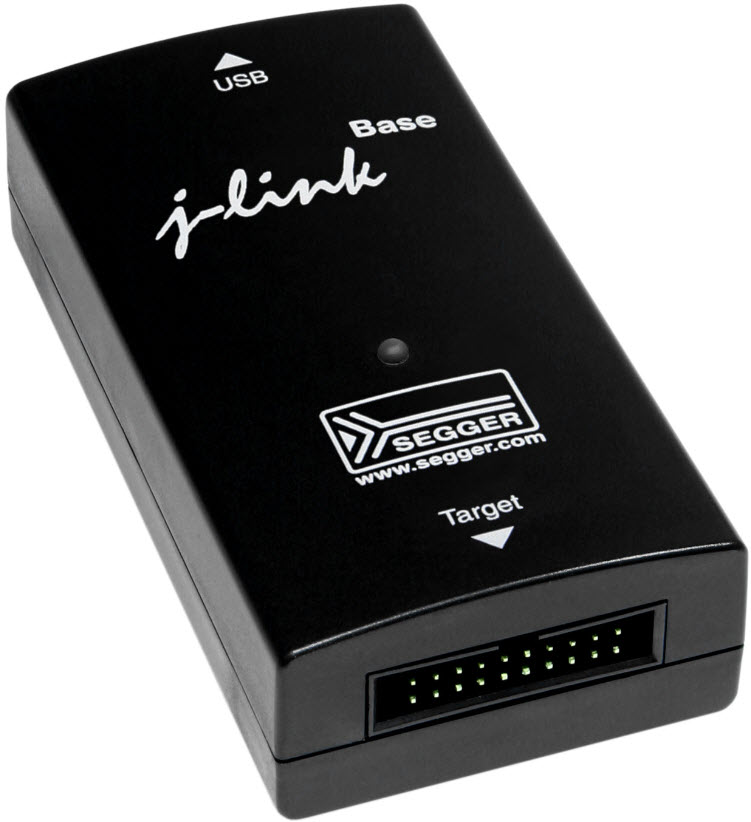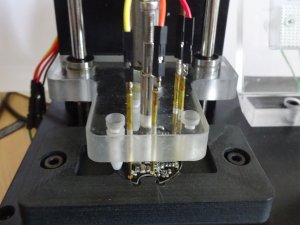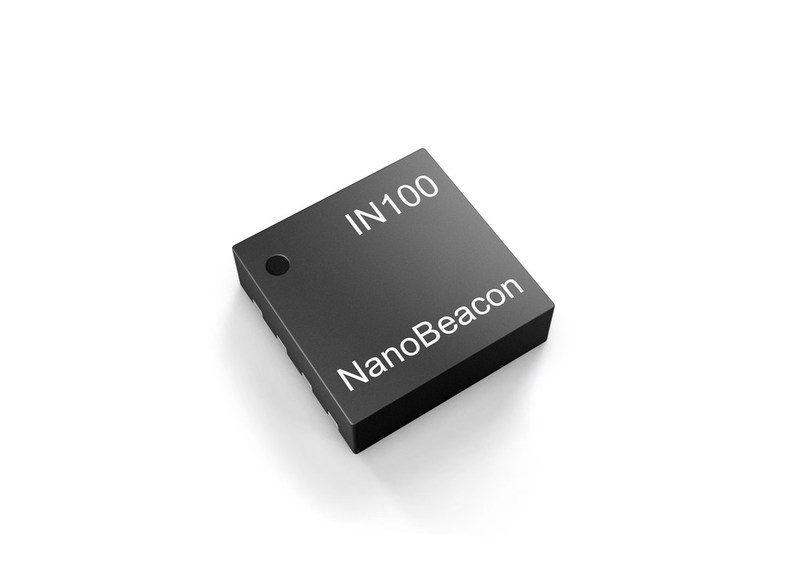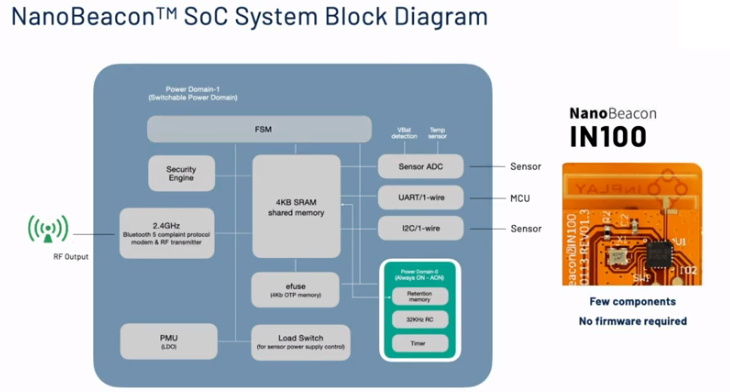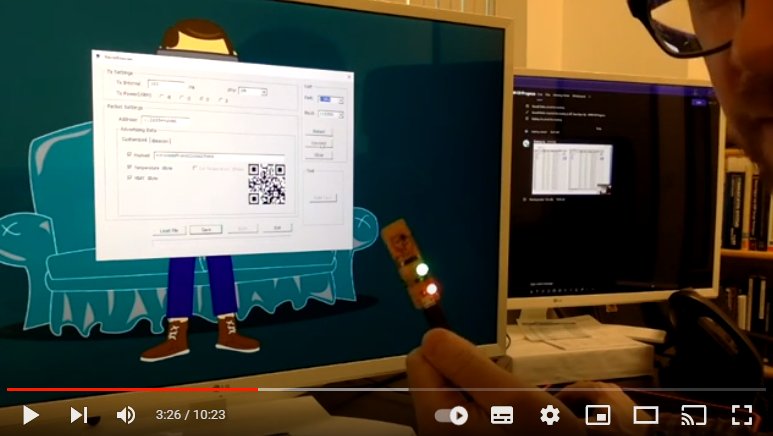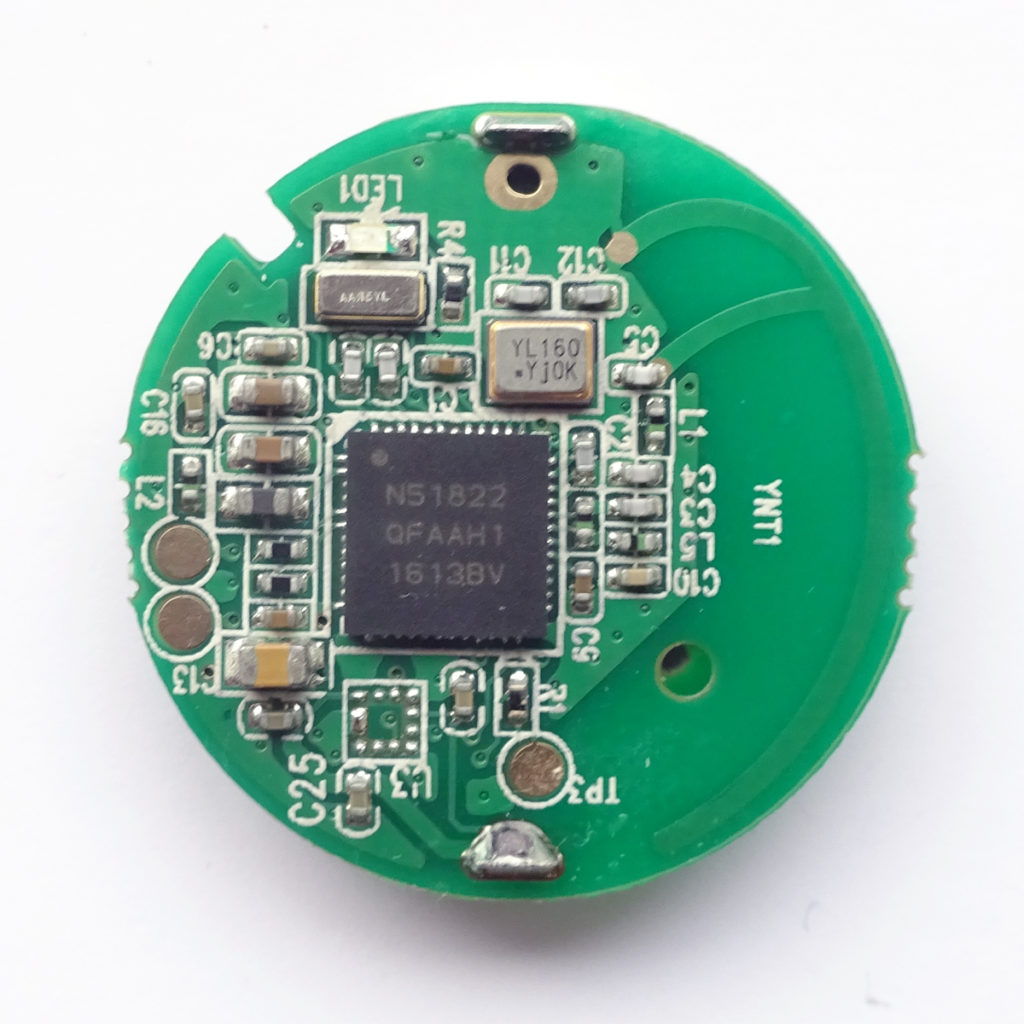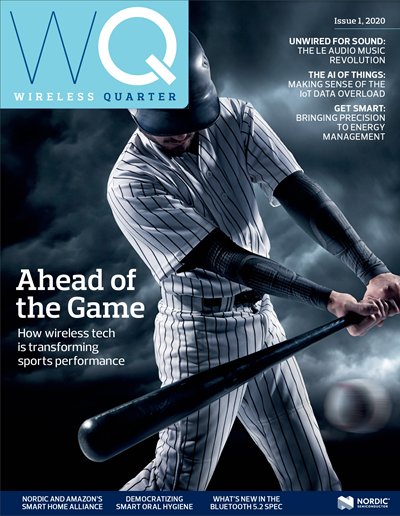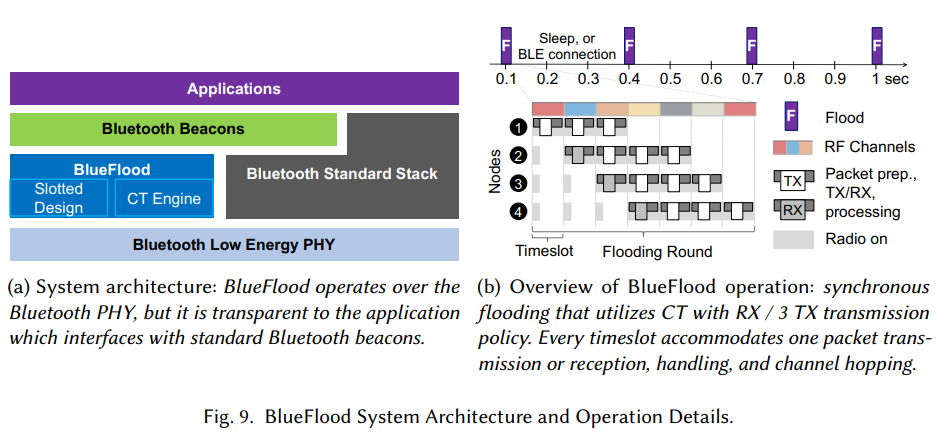Here at BeaconZone we create solutions based on products that use Bluetooth LE. The Bluetooth standards are created and maintained by the Bluetooth SIG. This post briefly explores the advantages and disadvantages of such standards and the opportunities and risks of going off-piste using 3rd party wireless standards.
The main advantage of the Bluetooth LE standard is interoperability. We can use beacons, sensor beacons, smartphones, gateways, single board computers such as the Raspberry Pi, laptops and desktops in solutions and be sure they can communicate using Bluetooth LE. More specifically, we can use the Bluetooth APIs on these platforms and they speak a common language and ‘just work’. Bluetooth has also recently introduced standards on top of the Bluetooth LE standard that provide for mesh networking and angle based location.
The Bluetooth LE standard has caused the ecosystem of System on a Chip (SoC) vendors such as Texas Instruments, Nordic Semiconductor and Dialog Semiconductor to create inexpensive sub-systems and SDKs that simplify implementing new products based on the standards. This, in turn, has created a large variety of devices that can talk to each other even though they use hardware from different vendors. The variety of devices has increased competition, keeping device prices down.
The problem with standards is that they evolve very slowly and might not be optimal for specific situations. This creates an opportunity for 3rd parties to create alternative wireless solutions such as Ultra Wideband (UWB) devices, custom mesh networking and custom location schemes that can provide better performance in aspects such as accuracy, physical range and battery life. These custom products cost more because they are more involved to create/manufacture and their unique features can command a higher price. However, there’s the risk that if/when the companies producing these products go out of business, your solution will become end-of-life with no second sourcing. This is a particular risk when the product involves some sort of software as a service (SAAS), irrespective of standards.
Choosing a wireless technology for your solution involves a trade off between performance, cost and risk. It’s wise to first seek a standards-based and stand-alone (not SAAS) approach and only deviate if you find what you need to do isn’t served by available solutions.

